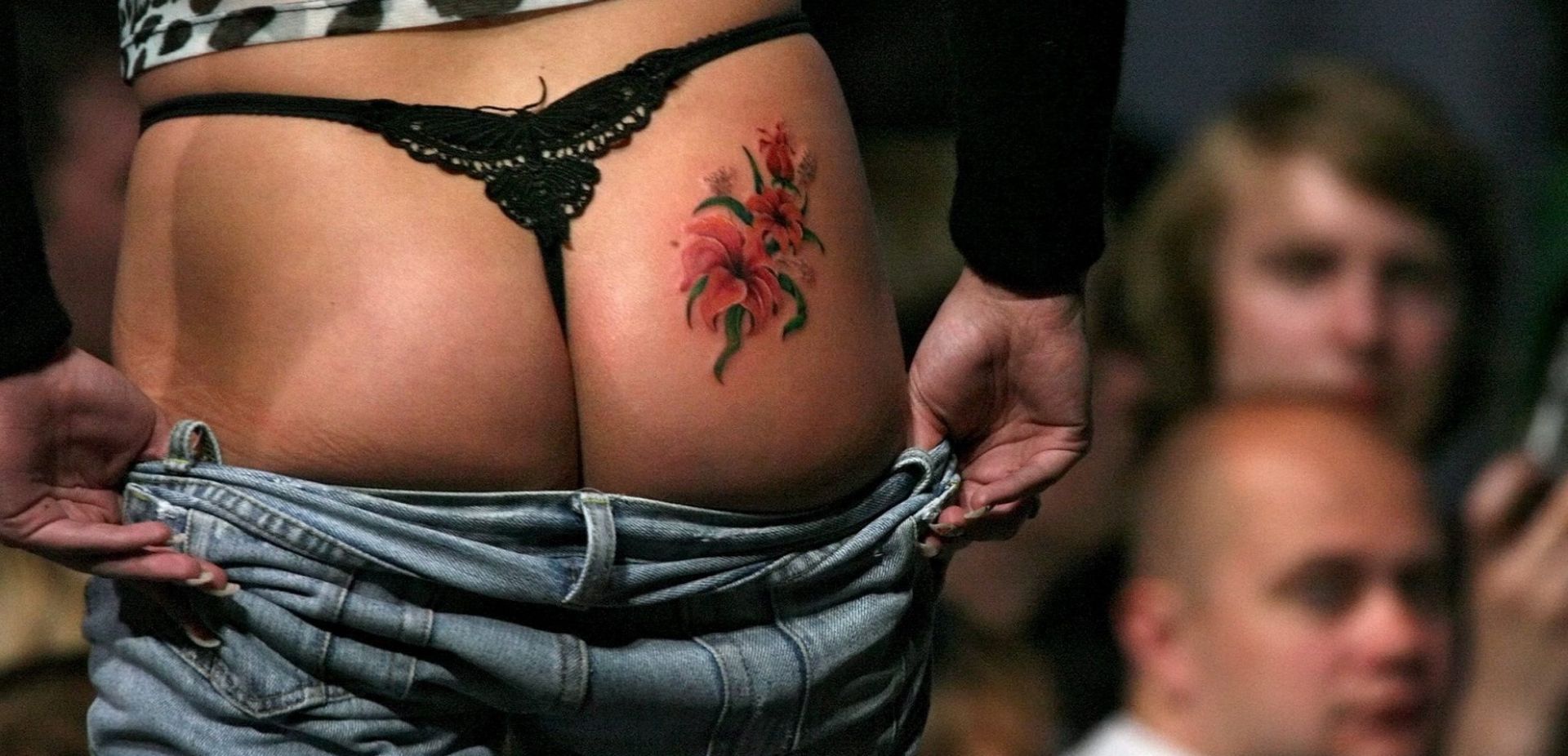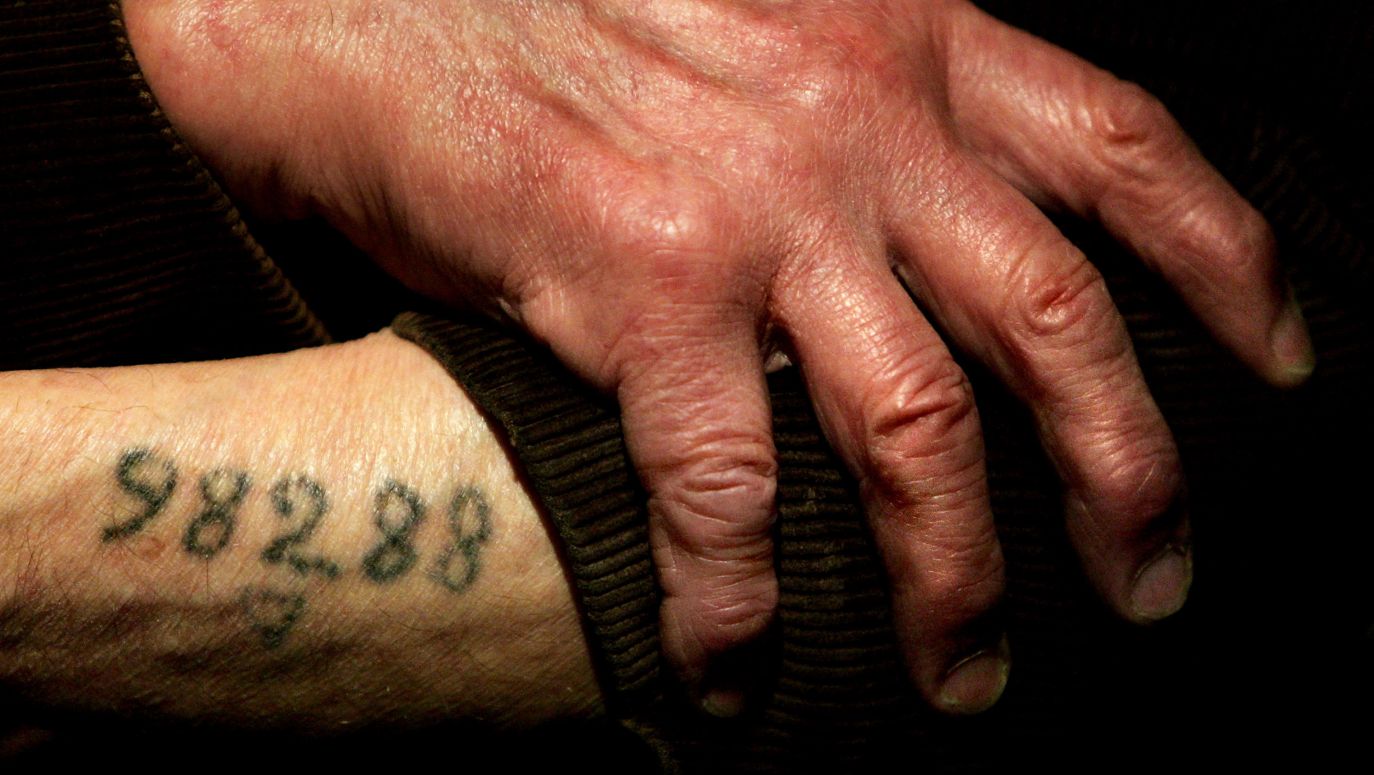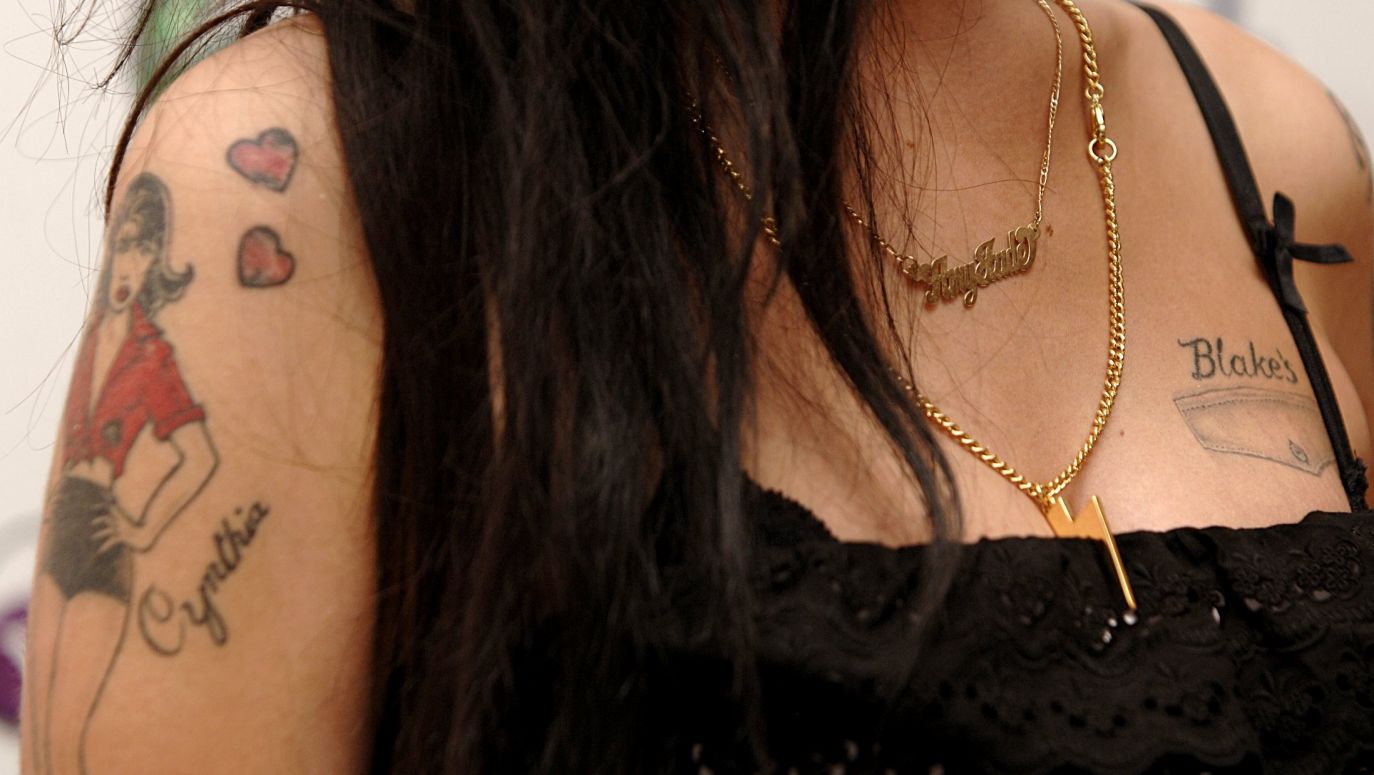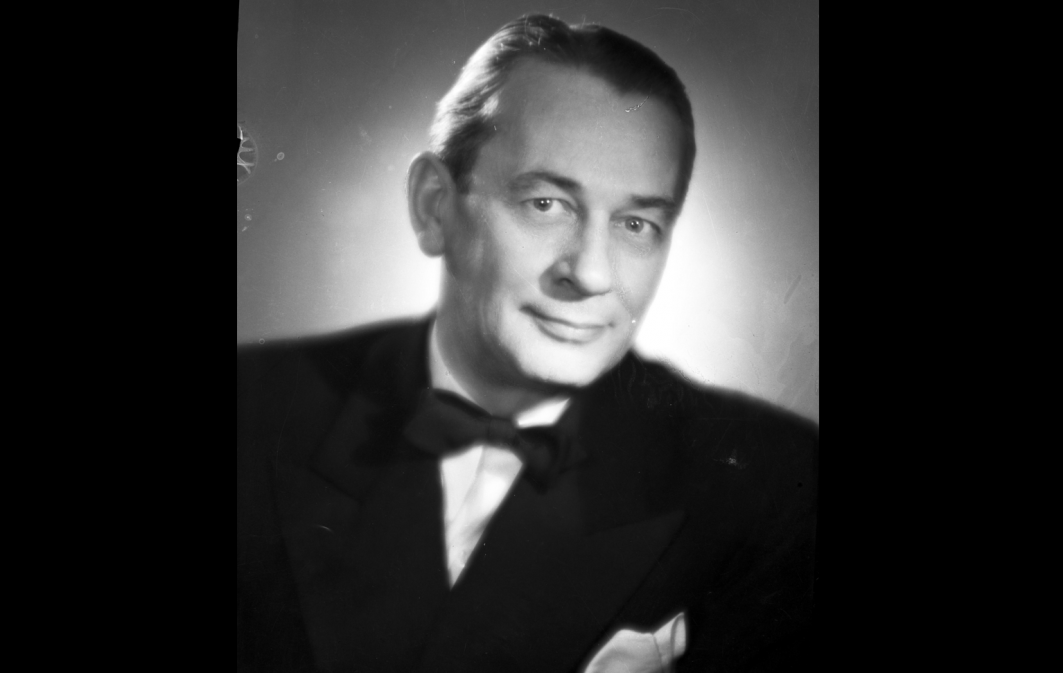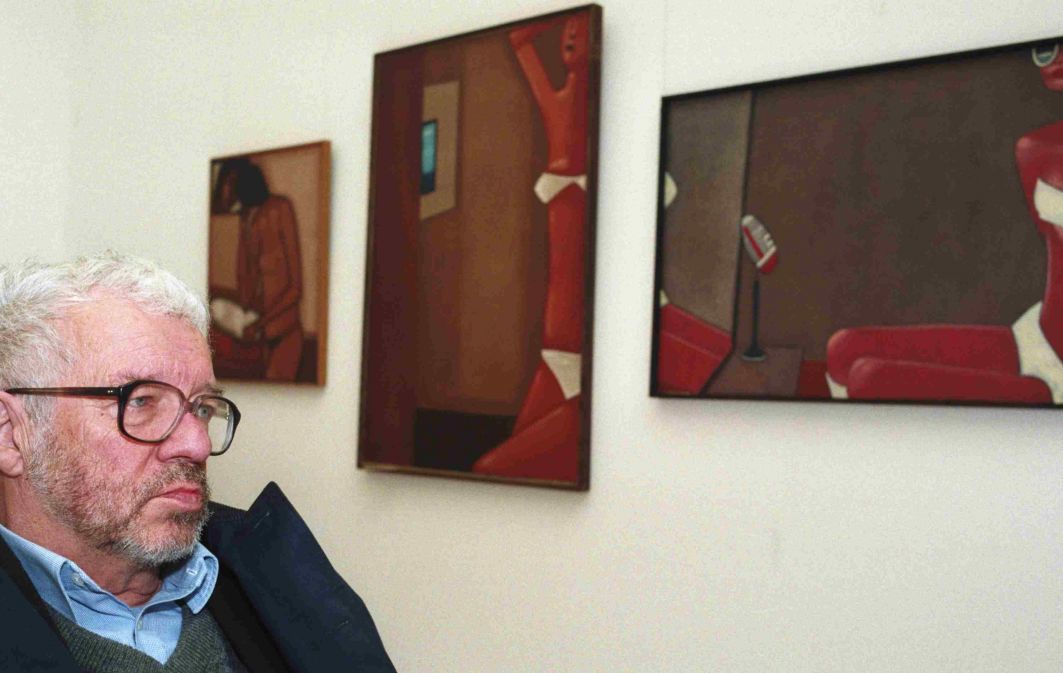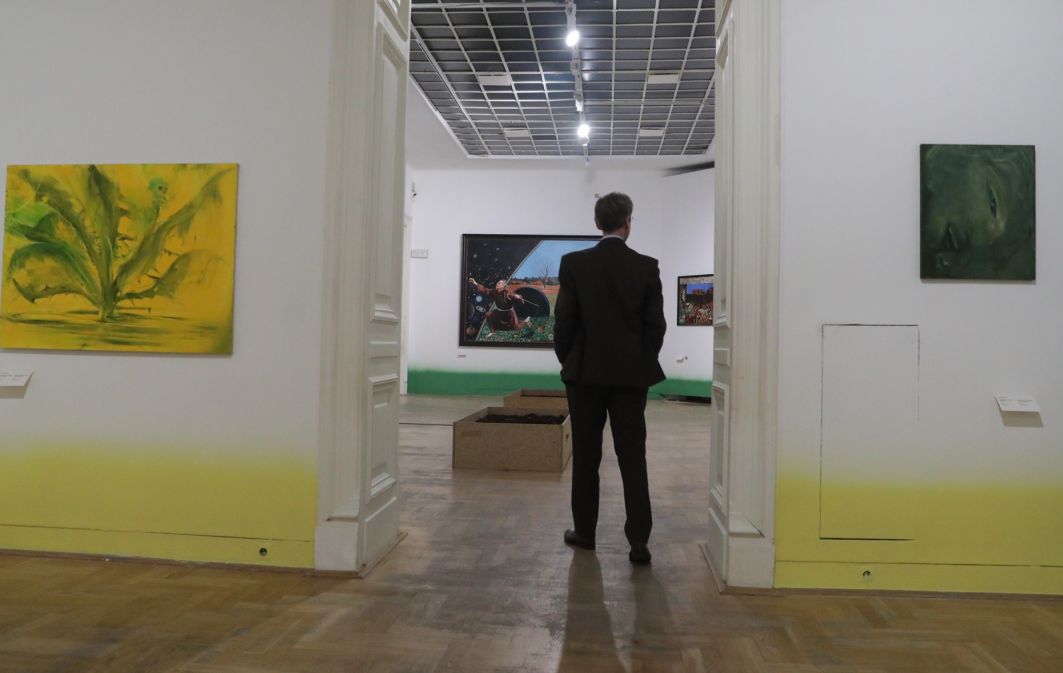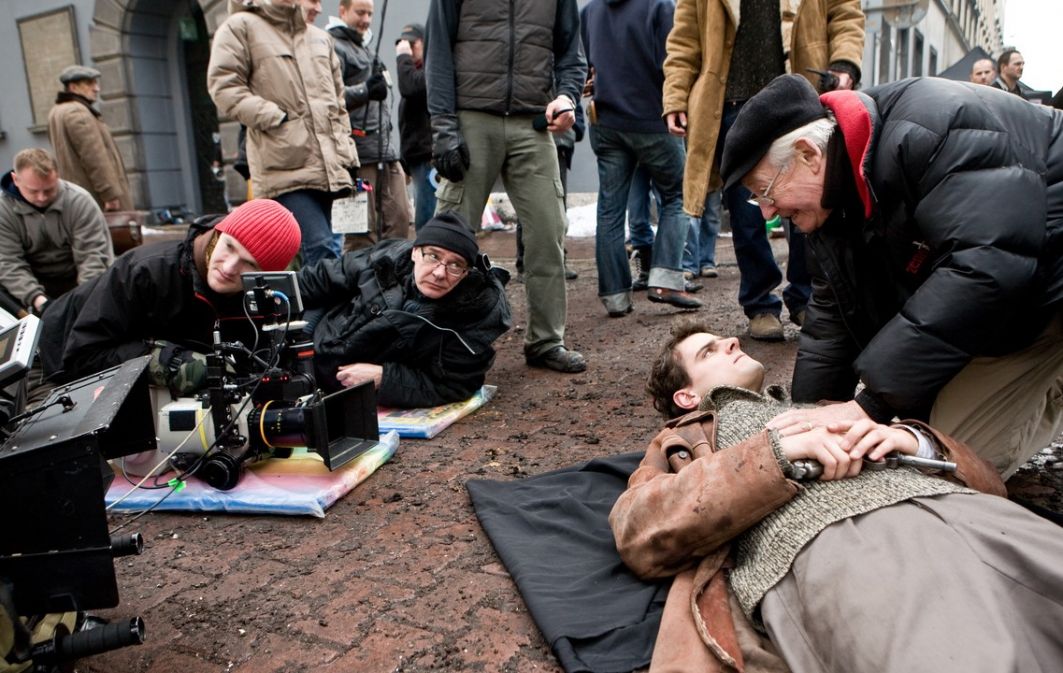There are some who even cover their genitals with tattoos
01.06.2022
Tats aren’t for crybabies. In criminal circles they’re done by amateurs, sometimes in a brutal way – such as with the tip of a pen or a sharp tool dipped in permanent ink – without anesthesia. If anything, down goes a high-proof drink.
Where does the word come from? From the Tahitian “tatu” i.e. “to mark something”. Indeed – what’s the meaning of tattoos?
It’s easier to answer this question from the point of view of a historian. It’s harder to fathom the reasons why modern fashion – whether high or street fashion (the leading one) – approved of tattoos as a an indispensable component of the human landscape across various cultures and temperatures.
A test for pain and infection
If some phenomenon becomes sufficiently popular to call it fashion – it’s certain that various kinds of professionals will take an interest in it: it will serve as inspiration to artists; and as a subject of research for the given phenomenon for sociologists, anthropologists and ethnographers.
It was hard not to notice the increasing popularity of this type of art – compositions created directly on human skin. Please don’t flinch, they are created at the wish of the individual, with their full consent. And the bearers of these works are tapping their feet with impatience to expose the largest swathes of decorated skin. The best catwalk for the tattooed is of course the beach. But city streets also offer a place to show off.
The show is about to start – as soon as the weather is favorable.
The tattooed will show what they’re carrying on themselves. Arms, shoulders, legs, especially calves, torsos, necklines, bald heads, ears, stomachs and buttocks – all of this can be the foundation for artists with a needle in their hand. Of course, this “field” needs to be prepared first – denuded of hair, smoothed, cured of a rash if need be. In the winter, due to the weather, they had to cover their greatest attractions: pieces of art created on the skin. But they are already flexing their muscles and preparing suitably tailored threads, to show what they could afford. Both financially and pain-wise. Because it costs a lot and hurts a lot. Meaning, it’s paid for in tears. As it needs to be.
If it bothers you, it means – it’s worthwhile. There’s something to fight for, something to brag about.
“I overcame suffering and infection” – that’s the overriding communication coming to us from the tattooed. It means they are healthy and can pass on their genes to the next generation. It’s a subliminal message. On the surface there is information less important to procreation but essential to the creation of their own image. This signal is supposed to ignite the imagination and desire of birds of a feather, though typically not of the same sex.
Promotion to art
Certain specimens are just asking to be immortalized in photographs or film.
And so it is. The Victoria & Albert Museum in London has a tattoo archive among its cavernous holdings.
In 1999, a retrospective on bod painting took place in the American Museum of Natural Art – which is interesting insofar that just two years earlier there was a ban in force in New York against flaunting such decorations. Over more than two decades, these kinds of shows have multiplied in various places around the world.
Poles have been very late to follow this trail. But this spring, in the Museum of Ethnography in Toruń, until October 2022, you can see the “Tattoo. Symbol, Brand, Beauty” exhibit – a selection of images made by artist-photographers, also by documentarians travelling around the world, and amateur collectors “hunting” for interesting specimens with their cameras. There are also objects that will make your skin crawl: prepared pieces of more than hundred-year-old skin, covered in permanent drawings. This isn’t the only show of its type, of course.
It’s worth recalling here the presentation of Maurycy Gomulicki’s photographs, titled “Tats”, which took place four years ago in the Zachęta National Gallery of Art. While the exhibit in Toruń had a multi-faceted character, Gomulicki was drawn to tattoos typical of the criminal underworld, done by amateurs, sometimes in a brutal way – e.g. with the tip of a pen or a sharp tool dipped in permanent ink, without anesthesia, if anything, down goes a high-proof drink. But tats aren’t for weaklings or crybabies. They are only for people who get it.
Today, it’s increasingly rare to encounter these types of crookedly drawn “authentics”, where bravado was entangled with lyricism; displays of strength and courage, with a search for romantic love.
For many years, tattoo parlors and salons have been multiplying with an intensity corresponding to the demand.
Increasingly young, very young people manifest their “maturity” and tearing away from parental guardianship by treating themselves to a tattoo.
I once overheard an underage boy confiding his plans to a friend: he wanted a tattoo in the form of a scar across his entire cheek. Because it would be cool. I wonder how long he enjoyed this enhancement to his visage – unless someone talked him out of it.
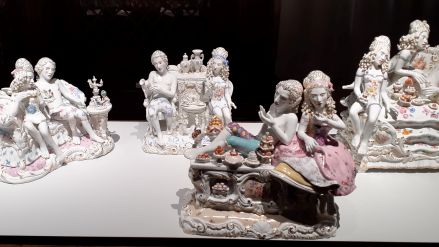
Can there be anything more pleasant?
see more
Compensation for an imperfection
There are some people who have 95 percent of their bodies covered in artwork. Not excluding genitals, the oral cavity or eyeballs.
Like Matt Gone, an American born in New York and raised in Chicago, who studied at the University of Tucson in Arizona. He studied art, drawing and history. He is a physically handicapped person: he was born with the burden of Poland syndrome, characterized by the uneven development of the two sides of the body. In Matt Gone’s case, the left side of the body was handicapped, physically underdeveloped, sunken, unfit to carry out all vital functions. Medically, there was no recourse. Matt himself came up with a way to deal with it: ever since turning 24, he sought to mask the asymmetry, “evening it out” to some extent with tattoos.
In 2010, during the London Expo, he found his place in the art field – he was recognized as an artwork, parading naked (in briefs) as the “Human Checkerboard”. That is the main motif of his tattoo – his face and other parts of his body are covered in a black and white checker. But this isn’t the only one of Matt’s graphic motifs. The geometric pattern repeats and intertwines with a tangle of plant and surrealistic elements.
He made passionate proclamations to other people who are tattooed in unusual places, encouraging them to publicly expose these pieces.
Oh, it was moving. Matt posed for over 1,000 photographs alone and with others. Previously restrained people were emboldened to show off that which helped them overcome pain or fear of visual confrontation. It turned out that tattoos were and are one of the methods of ridding oneself of complexes.
You can either be surprised by this – or reach into the past.
The tattoo has a long lineage. And it’s multifunctional.
First of all, it’s information. When you look at past cultures, it turns out that tattoos were practically ubiquitous. The method of creation, always the same: a cut in the flesh into which ink is inserted. It has to hurt.
From ancient Greece and Roman rites, slaves, spies and criminals had their skin marked. It’s not a pleasant association for us – indeed, prisoners in work camps also had numbers tattooed on their forearms.
The motifs carved into the body also represented a profession of faith. They could manifest belonging to a clan, community or coat of arms as well. They could have been diabolical organizations – Satanists, apostates, outlaws.
But skin was also perforated to guard its owner from evil spirits or sickness.
After all, many people believe in the magical effects of tattoos to this day. More than a few, when asked about the reason for decorating their skin, give “greater self-confidence” as the reason. The conclusion: by covering oneself up, though staying in your own bare skin at the same time, some believe that they become less “visible”; that their various physical shortcomings become a secret.
But there are also those whose tattoos precisely highlight their beautiful profile, muscles, suppleness or strength.
A find with a drawing
If we consider where the fashion for tattoos came from – we’ll find academic reasons.
Wise men will always justify it with higher, existential needs and will look to prehistory.
In 1991, in the Italian Alps, two tourists found a mummy in a glacier that was – as it turned out – around 5,300 years old. The discovery was meaningful in every way, including the unusual “beautification” of the skin. This human icicle from thousands of years ago, named Ötzi, was covered in 61 tattoos. Most of them were located around the joints. Could it be that this poor soul suffered from rheumatism or bone deformities acquired with age?
For a long time, people have believed in healing through acupuncture and various, aggressive bodily interventions. Poor Ötzi believed in the healing properties of tattoos. The finds engraved on his skin – geometric, abstract – were classified and cataloged.
The effect of the discovery? The introduction into designer catalogs of tattoos stylized on the Bronze Age, called “Mummy-style.”
These aren’t the only examples to be recreated on the body. Other discoveries were also an inspiration – for example, Egyptian mummies.
In Western culture, a certain heavily-tattooed Polynesian, brought to London by the sailor William Dampier in 1691, became a “discovery”! Several decades later, the famous adventurer, Captain James Cook, presented the next living, tattooed attraction from Polynesia. That’s where the technique of carrying out permanent artworks came from. It was – and is – arduous and meticulous work: ink is introduced into small, scratched-out cuts.
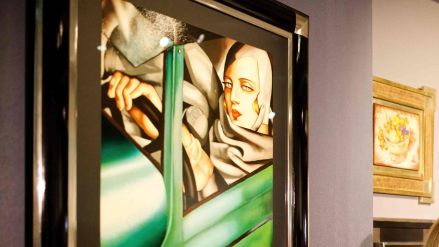
The artist was too defiantly bourgeois to attract the attention of cultural decision-makers in Poland’s People's Republic.
see more
The first electric tattoo machine was patented by the American, Samuel O’Reilly, in 1891. The process of covering the body with artwork became a little easier, though no less painful. As we know, every cut, before it heals, is covered with scabs. And before the scab falls off, you have to avoid contact with bacteria at all costs.
This doesn’t discourage fans however, who you can say, at a certain point are addicted. Yes, there are those who can’t wait to continue tattooing even greater parts of their body.
In general, the trendy motifs include: Chinese characters, Gothic script (their content – arbitrary), retro style, so recalling the 1950s, sailor’s classics (including mermaids, anchors, hearts pierced by an arrow), Maya style (drawings of demons, wild animals, ghosts, the Mayan calendar), Egyptian style (the Eye of Horus, guarding against evil spirits), Maori style (complicated designs on the face, head, back and generally covering the largest surface possible), line style – only a black line, without colors; including the Tribal subgroup for sports lovers, surrounding the muscles. Finally, we have the Iban style – plant and animal motifs drawn with strong lines.
Secret language
But we still don’t know the reasons for the tattoo boom. For at least half a century, tattoos have been present in mainstream pop culture, and as a consequence they had to show up on a mass scale.
It started in the 1960s. Hippies only painted flowers on their faces and hands – Janis Joplin for example. But two decades later, these decorations became permanent. Promoted by rappers, tattoos became popular with other stars of music (such as Amy Winehouse) or sport (the classic example: David Beckham).
Before this happened, people had been marking their bodies with drawings for various reasons for thousands of years.
Once it was magic, a secret language and signaling. Today the secretive language and expression of tattoos is limited to the circle of one’s closest friends, and in the best case to the adherents of the same beliefs. Which doesn’t mean political views, but faith in certain abstractions.
Should we combine the superstitions of our ancient ancestors with the trend for showing increasingly greater parts of our naked bodies? Is there a relationship leading from criminal codes to falunting sexual availability?
Psychologists and psychotherapists know the answer. It’s the road into the psyche of the patient, an excellent entryway to begin a conversation, and in the long term – therapy. What a given individual chooses to imprint on their own skin is a “window into the psyche”. That’s what certain psychotherapists believe.
